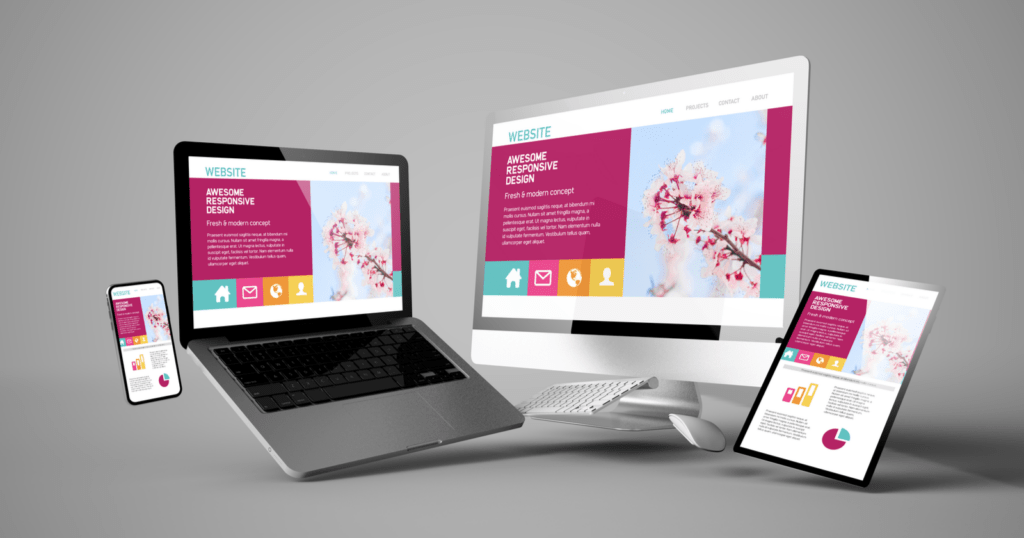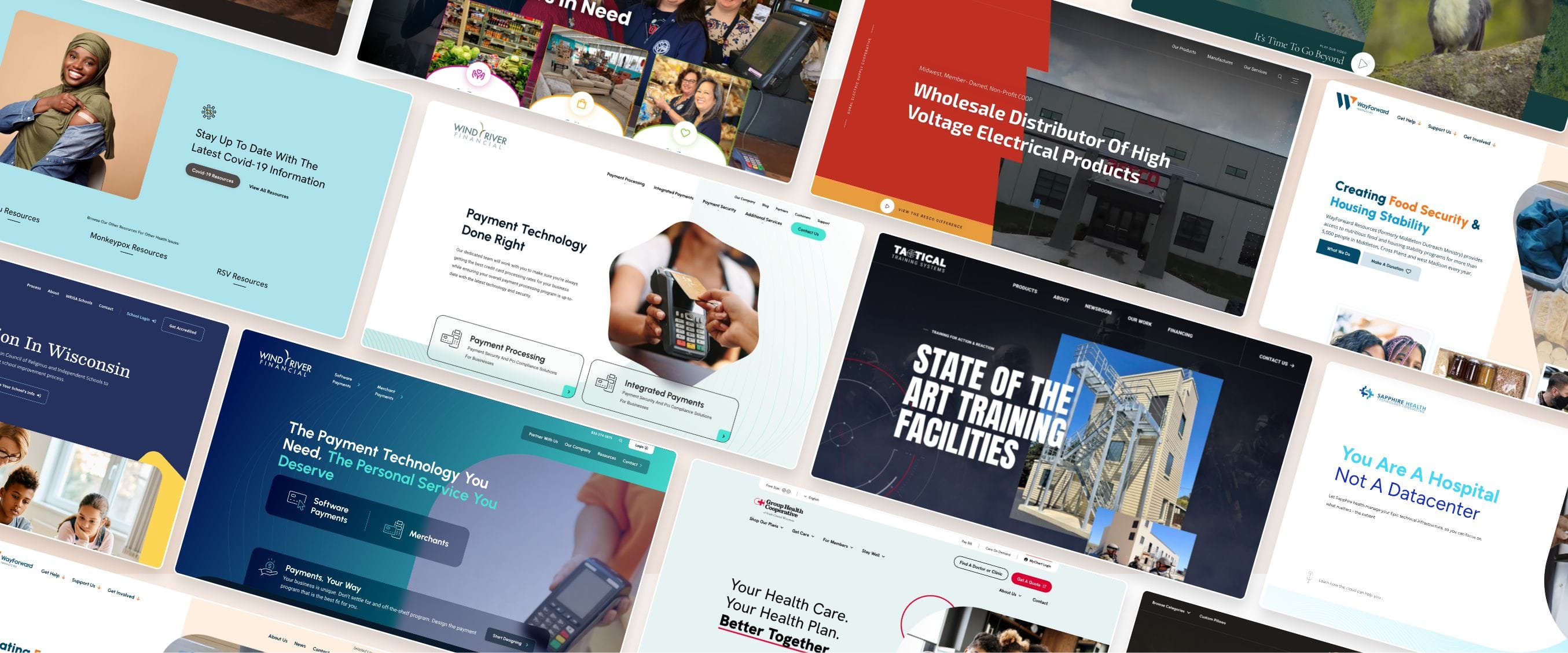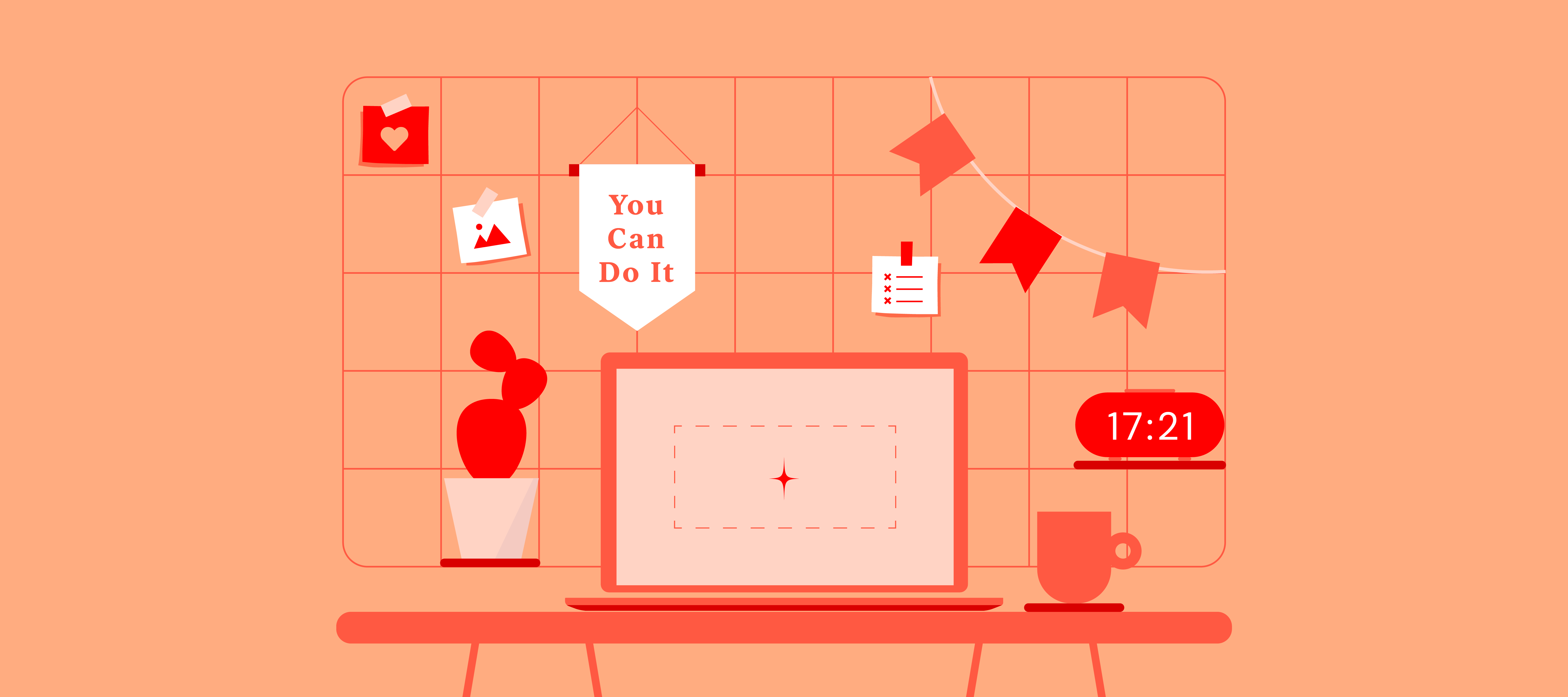Vital Principles of Web Site Design: Creating User-Friendly Experiences
By focusing on individual needs and choices, designers can cultivate interaction and fulfillment, yet the implications of these concepts extend past mere capability. Comprehending just how they intertwine can significantly influence a site's total effectiveness and success, motivating a better examination of their specific functions and cumulative impact on individual experience.

Importance of User-Centered Layout
Focusing on user-centered design is important for creating reliable sites that meet the demands of their target audience. This approach positions the customer at the leading edge of the layout process, ensuring that the internet site not just functions well yet also reverberates with users on an individual level. By recognizing the individuals' goals, choices, and habits, developers can craft experiences that promote involvement and complete satisfaction.

Additionally, adopting a user-centered style approach can bring about enhanced ease of access and inclusivity, accommodating a diverse audience. By taking into consideration different customer demographics, such as age, technical efficiency, and social backgrounds, developers can create web sites that rate and functional for all.
Eventually, focusing on user-centered design not only improves customer experience but can likewise drive crucial business results, such as raised conversion rates and customer loyalty. In today's competitive electronic landscape, understanding and focusing on user needs is a crucial success variable.
Intuitive Navigating Frameworks
Efficient web site navigating is typically a critical factor in enhancing individual experience. Instinctive navigation structures enable users to locate details quickly and efficiently, reducing disappointment and boosting interaction. An efficient navigating food selection must be straightforward, sensible, and regular throughout all web pages. This permits customers to prepare for where they can find details material, thus promoting a smooth surfing experience.
To create intuitive navigation, developers must focus on quality. Tags ought to be familiar and detailed to customers, preventing jargon or unclear terms. A hierarchical framework, with primary categories bring about subcategories, can additionally assist customers in comprehending the partnership between different areas of the site.
In addition, integrating aesthetic cues such as breadcrumbs can lead individuals via their navigating path, permitting them to quickly backtrack if required. The addition of a search bar additionally enhances navigability, providing users route access to material without needing to navigate via multiple layers.
Receptive and Adaptive Designs
In today's electronic landscape, making sure that sites work perfectly throughout various gadgets is essential for individual satisfaction - Website Design. Receptive and adaptive formats are two essential techniques that allow this functionality, dealing with the varied variety of screen sizes and resolutions that individuals might run into
Responsive layouts utilize liquid grids and adaptable images, enabling the internet site to automatically change its aspects based upon the screen dimensions. navigate to this website This strategy offers a regular experience, discover this where content reflows dynamically to fit the viewport, which is specifically useful for mobile users. By using CSS media queries, designers can produce breakpoints that maximize the format for various gadgets without the requirement for different layouts.
Flexible formats, on the various other hand, make use of predefined formats for certain display dimensions. When a customer accesses the website, the web server identifies the tool and offers the ideal format, making sure an enhanced experience for differing resolutions. This can result in quicker packing times and boosted efficiency, as each design is tailored to the device's capabilities.
Both receptive and flexible designs are important for enhancing user engagement and satisfaction, ultimately adding to the internet site's total efficiency in satisfying its objectives.
Regular Visual Power Structure
Establishing a consistent aesthetic power structure is essential for directing users with a web site's material. This concept makes certain that info exists in a fashion that is both interesting and intuitive, permitting individuals to easily comprehend the product and navigate. A well-defined power structure utilizes numerous style elements, such as size, contrast, spacing, and shade, to develop a clear distinction in between different sorts of content.

Moreover, constant application of these visual hints throughout the website cultivates experience and trust. Customers can rapidly find out to identify patterns, making their communications much more efficient. Ultimately, a solid visual hierarchy not only boosts individual experience however also improves general website usability, motivating deeper involvement and helping with the wanted activities on a website.
Availability for All Customers
Accessibility for all individuals is a basic facet of website style that makes sure every person, no matter their handicaps or capabilities, can involve with and benefit from on the internet web content. Creating with ease of access in mind includes implementing practices that fit diverse individual requirements, such as those with visual, auditory, motor, or cognitive disabilities.
One crucial standard is to adhere to the Web Material Availability Standards (WCAG), which give a structure for developing obtainable electronic experiences. This consists of utilizing enough shade comparison, supplying text use this link options for images, and ensuring that navigation is keyboard-friendly. In addition, using receptive style techniques guarantees that sites function properly throughout different devices and screen dimensions, additionally improving ease of access.
Another critical factor is the usage of clear, succinct language that prevents lingo, making content comprehensible for all users. Involving users with assistive modern technologies, such as display readers, calls for cautious attention to HTML semiotics and ARIA (Easily Accessible Rich Net Applications) duties.
Ultimately, focusing on access not only meets lawful responsibilities but additionally broadens the target market reach, promoting inclusivity and enhancing customer contentment. A commitment to availability mirrors a commitment to producing fair electronic settings for all individuals.
Conclusion
In conclusion, the important concepts of website layout-- user-centered layout, user-friendly navigating, responsive designs, constant aesthetic hierarchy, and availability-- jointly add to the development of straightforward experiences. Website Design. By focusing on user requirements and making certain that all people can efficiently involve with the website, designers improve use and foster inclusivity. These principles not just boost user contentment however additionally drive favorable company results, eventually showing the critical significance of thoughtful web site layout in today's electronic landscape
These methods give important insights into user expectations and pain points, enabling developers to customize the website's features and material as necessary.Reliable internet site navigating is often an essential factor in improving customer experience.Establishing a constant aesthetic power structure is essential for assisting individuals through a site's content. Inevitably, a solid visual hierarchy not only boosts customer experience however likewise improves overall website use, motivating deeper engagement and helping with the desired activities on a web site.
These principles not only boost individual fulfillment but also drive favorable company outcomes, ultimately showing the essential importance of thoughtful site design in today's digital landscape.
Comments on “Website Design Fundamentals for a High-Quality Customer Journey”